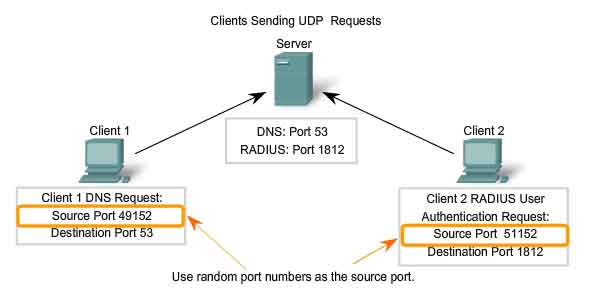


Using namespace System::Net::Sockets using namespace System::Text Using namespace System using namespace System::Net A UDP Server That Accepts Multiple Concurrent Clients Now that we have all the pieces, let’s take a look at Listing 17-3, another example of an echo server but this time using connectionless UDP. The first added parameter is SocketFlags (most likely None) next is the size of the message to be sent and next is the start point within the unsigned char array (use this if you want to start sending from someplace other than the actual start of the message array).Ĭ H A P T E R 1 7 ■ N E T W O R K P R O G R A M M I N G The first parameter is the unsigned char array of the message being received the last parameter is the EndPoint of the destination of the message.

Once again, each just extends from the other. Socket.SendTo(array^, int, int, SocketFlags, EndPoint).Socket.SendTo(array^, int, SocketFlags, EndPoint).Socket.SendTo(array^, SocketFlags, EndPoint).The SendTo() method overloads are exactly the same as with the ReceiveFrom() method:
WHAT PORT DOES FIRSTCLASS CLIENT USE CODE
Thus, you can use the same block of code to send the same message to multiple clients (or servers). One cool thing about the UDP SendTo() method is that you can send it to many different EndPoints. Or use an EndPoint received from a ReceiveFrom() method:Īrray^ outMessage = Encoding::ASCII->GetBytes("Message") socket->SendTo(outMessage, Remote) To acquire an EndPoint, you will most likely use one created from scratch using an IPEndPoint constructor:ĮndPoint^ Remote = gcnew IPEndPoint(IPAddress::Parse("127.0.0.1"), 54321) array^ message = Encoding::ASCII->GetBytes("Message") socket->SendTo(message, Remote) Just as when receiving a message, to send a message you need an EndPoint. Since this is the case, if you need your server (or client) to be aware of the demise of its opposite IPEndPoint, you must send some type of message to notify the server or client of this fact. But unlike the connected Receive() method, the unconnected ReceiveFrom() method does not receive any message when a client closes its IPEndPoint. Just like the connected Receive() method, the ReceiveFrom() method returns the number of bytes received. The first added parameter is SocketFlags (most likely None) next is the size of the message to be received and finally we have the start point within the unsigned char array (use this if you want to place the received message someplace other than the actual start of the message array). The first parameter is the unsigned char array of the message being received, and the last parameter is the EndPoint of the sender.



 0 kommentar(er)
0 kommentar(er)
